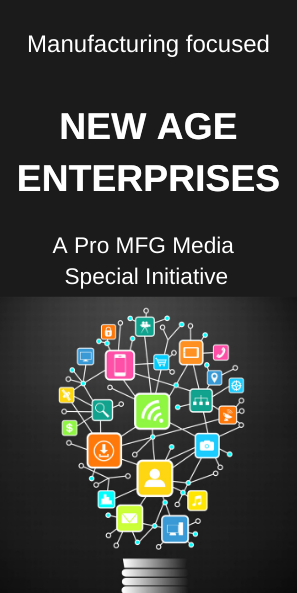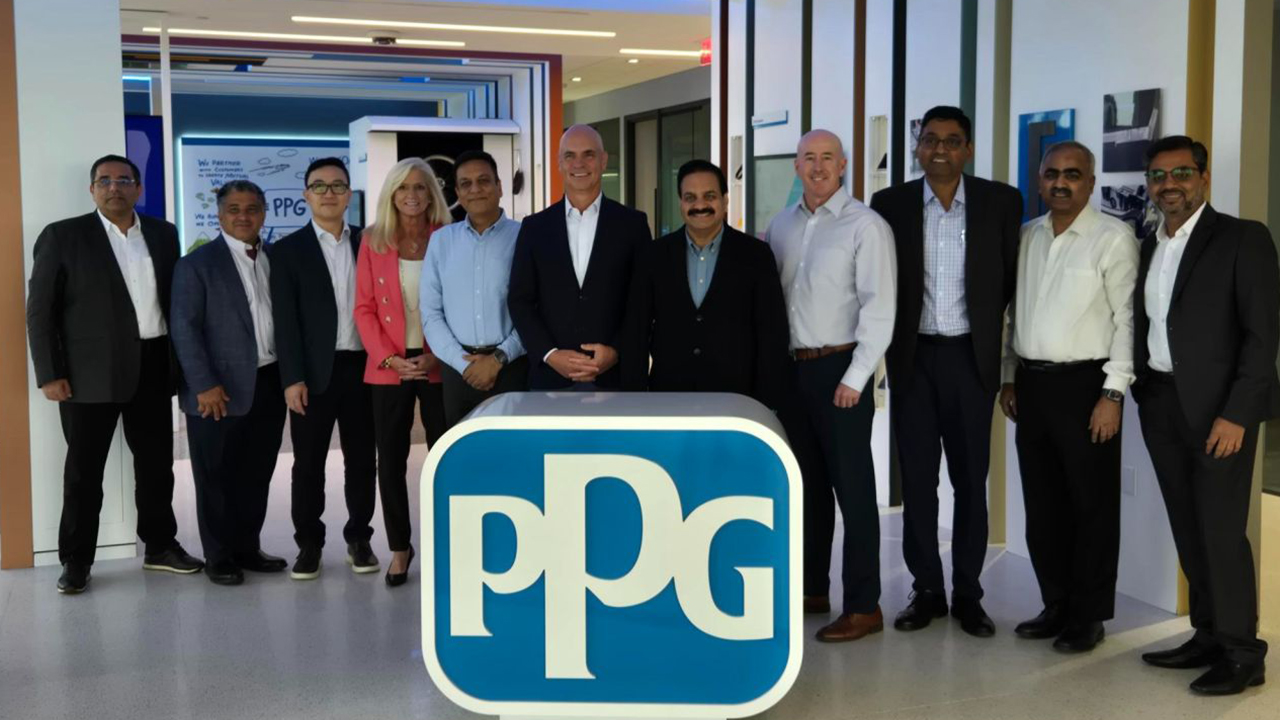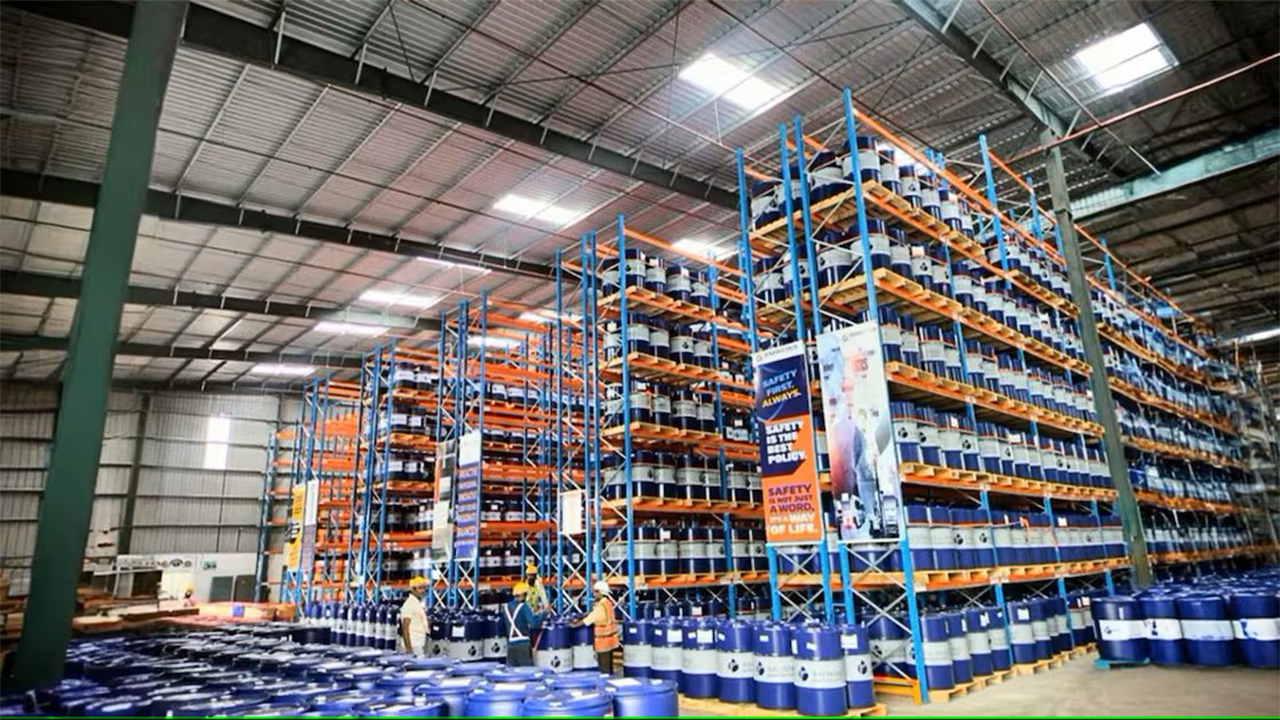Discover Grasim's Best Practices to Operational Excellence
#Chemicals #Operationalexcellence #Strategy #KPIAny organization that performs in sync with all aspects of the manufacturing is able to achieve operational excellence. Mr. Narasimha Sastry Sridhara, Unit Head, Grasim Industries Chemical Division, Renukoot shares with ProMFGmedia the strategies for operational excellence in the chemical industry as well as key performance indicators that create huge differences in any organization.
In any industry, Operational Excellence (OE) can be viewed and pursued differently and contextually by different people. According to Mr. Sastry. the operational excellence should be ingrained within the organization’s fabric so that it leads to tangible outcomes.
The operational training, operator development and operator skills are the initial basic building blocks for operational excellence. It covers the skill set of the operator who is functioning on the ground, how able he/she is to perform the special processes which cannot be tested before implementing.
Another challenge in the chemical industry is to convert implicit knowledge to explicit knowledge. Every year, there are numerous students who pass out of universities but aren’t trained and the operators who are highly skilled on day-to-day operations aren’t able to transfer the knowledge thus leaving a huge talent gap. The industry is now moving towards AI, automation, augmented reality but apparently, strong basics still remain the most essential aspect of operations.
Apart from that, the organizations need to implement automation in order to stay competitive as these will remain and will be part of medium to long term strategy.
The combination of the above mentioned activities helps to achieve operational excellence which is an integrated system. Operational excellence is critical as the plants have to be upgraded from time to time and also, it is important that it is in sync with the financial strategy of the organization. If excellence provides financial gains, the same should be reinvested back in furthering OE.
Apart from the OE, the organization should focus on key performance indicators (KPI) which eventually add value to the manufacturing processes.
The immediate responsiveness of the management to the working staff on the ground is one of the prime KPI.
Usually, the chemical industry asset’s life span is from 25 years to 35 years but it could be infinite provided the organizations undertake refurbishment of equipment in scheduled manner and also upgrade the technology. Often it is noticed that the organizations do undertake refurbishment of key equipment and neglect the upstream and downstream segment such as warehouses or supply chain management which can eventually create inherent safety risks. Thus, refurbishment of equipment is another critical indicator.
These key indicator measurements are performed at the top level but at the mid-level, the enhancement of the robustness of the processes should be followed. The businesses usually chase numbers and work aggressively towards achieving the numbers but it is highly vital to monitor and predict the processes. The engagement with the workforce is the most crucial key performance indicator in the organization. They are the backbone of any organization and thus it is essential to make them feel valued by creating a sound working environment.
NEWSLETTER
TRENDING ON PRO MFG
MORE FROM THE SECTION









